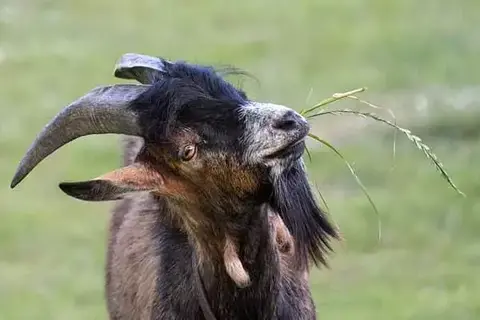Raven As A Pet
Murphy ScottIf you intend to have a raven as a pet, then confess to yourself honestly, whether you have the perseverance, patience, and time to grow and raise it. If so, try to learn more about these extraordinary birds in the first place.
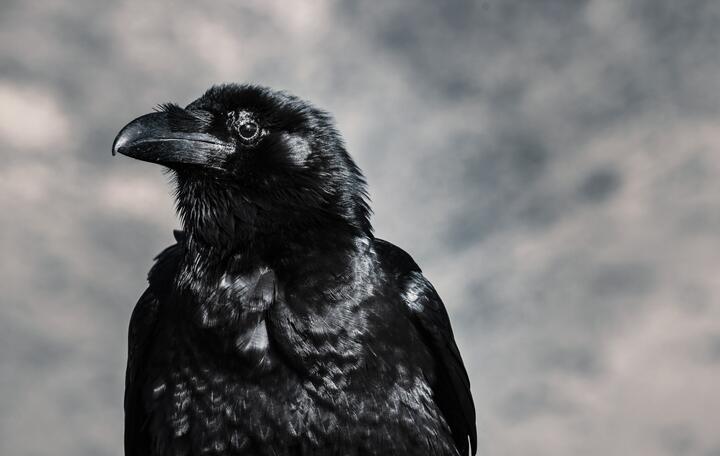 Photo by Tom Swinnen on pexels
Photo by Tom Swinnen on pexelsIf you intend to have a raven as a pet, then confess to yourself honestly, whether you have the perseverance, patience, and time to grow and raise it.
If so, try to learn more about these extraordinary birds in the first place.
Raven is not very numerous species, but you can meet it at any time of year. This bird is cautious and shy. It can walk on the ground and bounces several times before taking off. The raven is easily recognizable by its characteristic, ringing voice.
And he can live to almost seventy years!
In the wild, these birds tend to move from one place to another in flocks in search of food, but usually within two hundred kilometers.
The ability to imitate the sounds of speech and longevity is the reason why the raven is considered a bird. He appears in many myths and tales as a wise adviser or a cunning robber. Ravens tend to steal – they, like forty, are attracted by shiny things.
Because of their elegant appearance, a talent for imitation voices and cleverness, raven s are often pets. At first, after the birth of ravens have a soft character and they can be accustomed to the hands. But adult birds will not let anyone near them, except the person who raised them.
At about the age of one and a half years, birds tend to fly away from the man (as in nature he would fly away from his parents).
Living next to a man, the raven learns to make interesting sounds – rough voices, knocking, crackling, dog barking, coughing. But to repeat the singing of other birds and other tender sounds he can not because of the peculiarities of the structure of the throat.
A raven cannot be kept in a cage – it is too mobile. He needs a big aviary or an ambush. He also needs a place to go for walks (e.g. in a room specially allocated for this purpose). Just in the apartment or in the house of the bird should not run – he can break equipment, tear the wallpaper and upholstered furniture very quickly.
Corvids as a pet need to swim at least 4 times a week.
Costs for maintenance of the raven is small. A corvid as a pet needs an equipped place and toys. And, of course, your time.
Two or three monthly chicks are taken from the breeder, and the first months with the chick need to spend a lot of time – feed him, clean up after him and communicate. It is better not to breed two birds – in this case, they can ignore the person, communicating only with each other.
When a bird grows up, it should still spend at least two hours a day walking and training in the fields. The trained bird can fly and will come back.
In nature, ravens hunt mice, insects, eat eggs of other birds, fish, some vegetables, and fruits. They also eat a scavenger, for which they are called “orderlies”.
Houses of ravens can be fed bird meat or beef. You should not give pork – it’s very fat for them. You should give poultry and porridge (buckwheat and oatmeal), apples, carrots, boiled chicken eggs. It is desirable to give them and quality dog food.
Ravens should not be fed tomatoes, potatoes, oranges and mandarins, sweets, milk, black bread. Also, you can’t give salt food for ravens – salt is harmful to them.
Feed the little raven with soft food – baby food, slices of rabbit meat, cottage cheese, grated carrots. The food must be organic calcium and vitamins. The chick should often be in the sun, but so that it does not overheat. At six months it already becomes similar to an adult bird, although the final maturity of a raven occurs at 3 years.
Because the raven is a predator, its excrements have a specific smell. Daily cleaning of the house is necessary behind him.
It is not difficult to teach the bird to imitate voices. To do this, find a quiet room, and spend “lessons” with the raven in the morning before feeding (about half an hour), as well as a couple of times during the day. Speak out a word clearly, and the bird will soon start repeating it. The raven should be rewarded for his success.
Do not teach the birds at once whole sentences, start with the simplest words, gradually moving on to the word combinations.
So that the raven understands when to say certain words, say hello to him at the entrance to the room, and say goodbye when leaving the room. Always use the same phrases without changing the words.
Once you have taught the bird the basic phrases, you can continue with the lessons and learn big sentences with it. Able ravens will master them as well. Classes should be regular.
To show the bird’s best qualities, to its education and content should be taken seriously. And then you will have a beautiful, intelligent and funny feathered friend.
Corvids As Pets
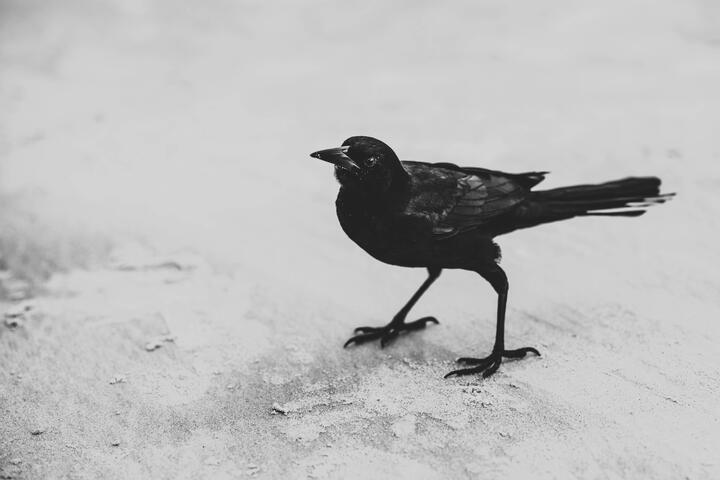 Photo by Zack Jarosz on pexels
Photo by Zack Jarosz on pexelsIf you’re interested in keeping a crow or raven as your pet, be aware that they are not native to the United States. The closest species are the white-necked raven and pied crow, and some breeders sell hybrids between these two species. Even though they’re not native to the U.S., they are both intelligent birds with a great deal to offer. The only drawback to owning a corvid as a pet is that they’re extremely expensive. However, if you’re willing to put in the time to take good care of them, you can get a gorgeous bird that will add to your home.
Urban crows are particularly picky when it comes to food, but there are plenty of options available. They swoop on leftovers and other food left out during the day. While you’ll want to make sure they have plenty of healthy food, they will also eat unhealthy treats. Their favorite foods include bread, unsalted peanuts, biscuits, and chapattis. Whether you decide to keep a crow as a pet or simply enjoy their company, you should be sure to provide them with the proper food for your pet.
A crow is an intelligent and social animal. They’re built for constant social contact with their avian kin. Therefore, they’re unlikely to understand the intricacies of life outside of their home. This means that they’ll spend eight hours a day with you, which leaves them with 16 hours alone. This is not good for the mental health of a social animal like a crow.
A corvid can make a great pet if you have the right environment and care for them properly. They’re incredibly intelligent and need plenty of room to move around. In addition to their large size, they need lots of exercises and should be given the chance to play. They also need a lot of social interaction with you, so you’ll need to provide a lot of space. This will keep them happy and healthy and will give them a great home for years to come.
Because corvids are omnivorous, they’ll need a wide range of diets. They will eat anything, including dog food, and fresh roadkill is an excellent source of food. For the best results, you’ll want to make meals that mimic their habitat. This way, your pet can get the nutrients it needs to thrive. They’ll thank you later! And you’ll be the envy of your neighbors!
A corvid is an omnivorous bird that eats both meat and vegetation. Their diets are varied and should mimic their natural habitat. A proper meal plan for a crow or raven should contain a wide variety of different types of food, including vegetables, fruits, and meat. They’ll also enjoy human foods as well. So make sure to choose the right food for your pet! It will be more likely to stay healthy and happier in the long run.
Did you like “Raven as a pet”? Share it with your friends.
See also 50 interesting and surprising facts about ravens
- LivestockWhat Do Donkeys Eat In The Wild?
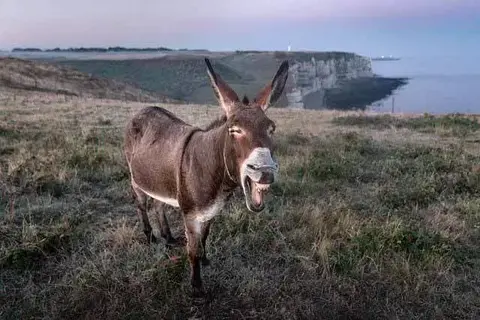
- WildlifeGibbon Diet And Other Gibbon FactsBy Murphy Scott
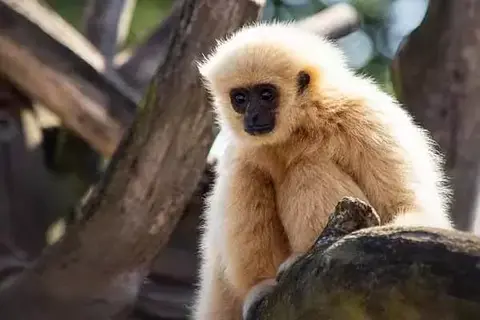
- WildlifeHow Much Does Baby Giraffe Weigh?By Karla Miller
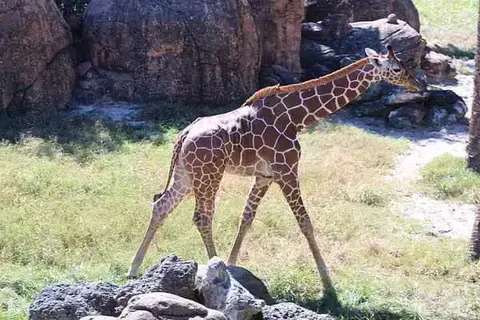
- BirdsWhat Is A Food Of Owls?By Amelia B
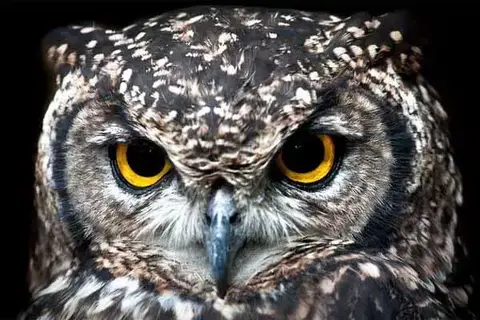
- BirdsWhat Do Owls Eat In The Wild And At Home?By Nolan Foster
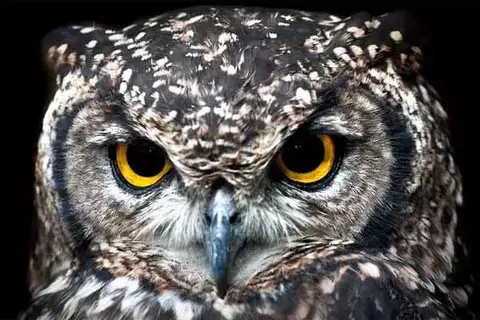
- Livestock20 Interesting Facts About CowsBy Murphy Scott
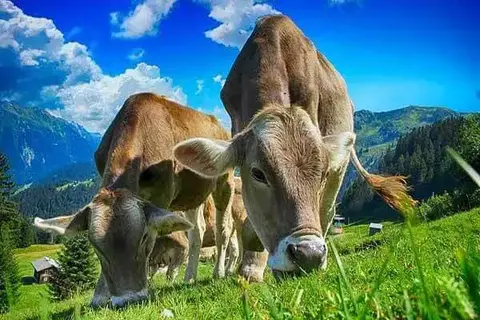
- InsectsInteresting Facts About Fire AntsBy Charlotte Green
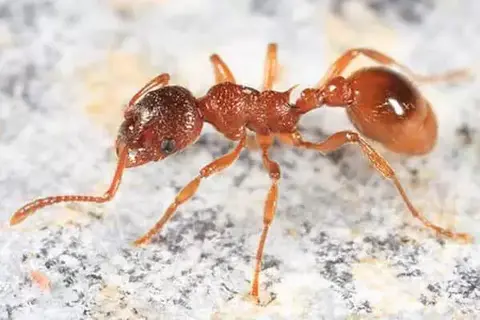
- RodentsHow Do Hedgehogs Sleep?By Camilo Walker
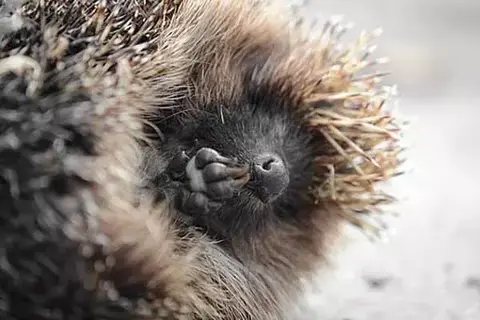
- BirdsHow To Take Care Of Sparrow NestlingsBy Charlotte Green
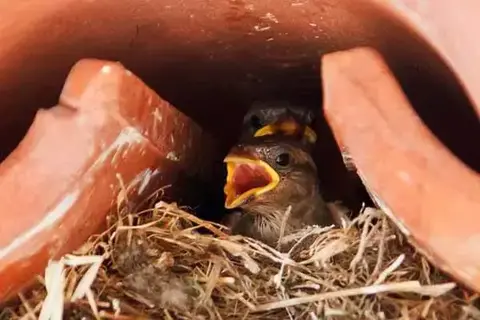
- LivestockWhat Can Goats Eat?By Khai Dove
